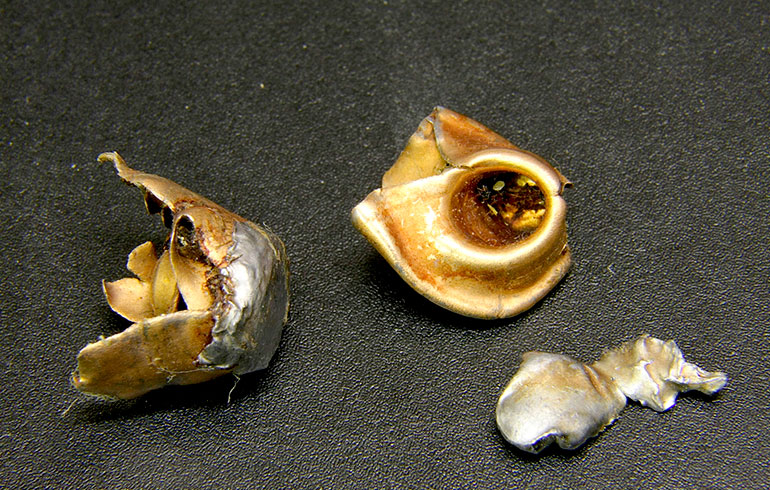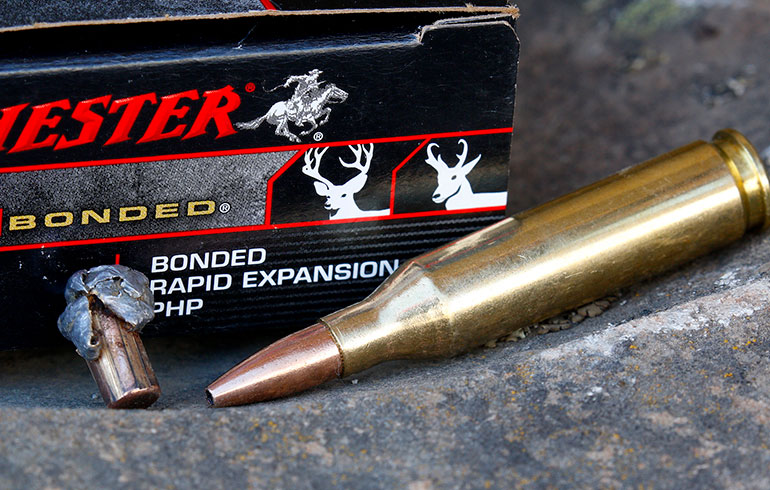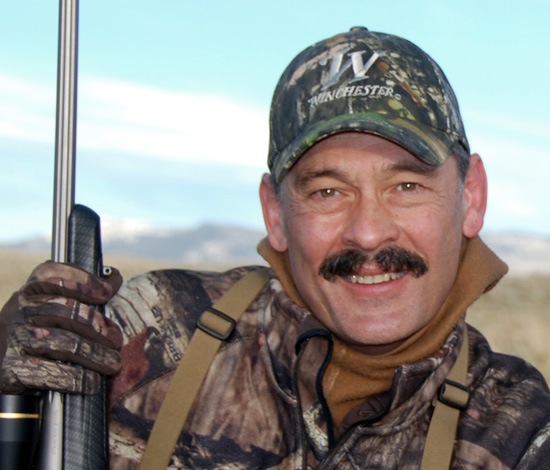Learn A Ton – Save Your Bullets
My campaign to “Save Your Bullets” probably won’t be as popular as Save the Feral Kitty, but it might make you a more productive hunter.
As most hunters know, different bullets perform differently on different game. They also perform differently depending on how they’re shaped, the materials from which they’re made and the methods in which those materials are put together.

Winchester engineers know all this stuff, but you and I might not. So, Save Your Bullets. Specifically, save the bullets you recover from dead game. Their condition can tell you a lot.

Terminal bullet performance varies depending on which cartridge launches them (fast or slow?) and at what distance it strikes its target. A bullet that strikes a close target retains a lot more energy than one that strikes several hundred yards downrange. High-energy strikes result in severe stresses. Bullets can flatten like pancakes, mangle like a NASCAR vehicle slamming into the rail or break into multiple pieces. At extremely low impact velocities, some bullets might not deform at all, punching through like a full-metal jacket solid.
The type and size of targets influence bullet performance, too. Small game, big game, thick-skinned game and thin-skinned game. Animals with small bones or large, heavy bones. Lots of hair or almost no hair. Everything the bullet touches alters its terminal performance.

Where on an animal and at what angle the bullet penetrates also changes terminal performance. A broadside lung shot in which only a rib or two is hit offers minimal resistance to bullet progress. Major bone in a shoulder or ham is a major impediment. Wet, partially digested grass in a paunch soaks up bullet energy fast.
Hunters should take all these things into consideration when examining hits and searching for bullets in carcasses. Note the direction of travel, the muscles, bones and organs hit and the degree of damage to each. Ponder how all of this played a role in what the recovered bullet looked like and how the animal reacted to the hit. The more of these details you study, the more effectively you’ll be able to choose your bullets for various kinds of hunting. And you’ll begin to understand proper shot placement for different bullet types.
Hunting is an ever-evolving endeavor. You can never know it all and never achieve perfection. But, Save Your Bullets – study them and their performance on game, apply what you learn and you’ll be a more effective hunter.




